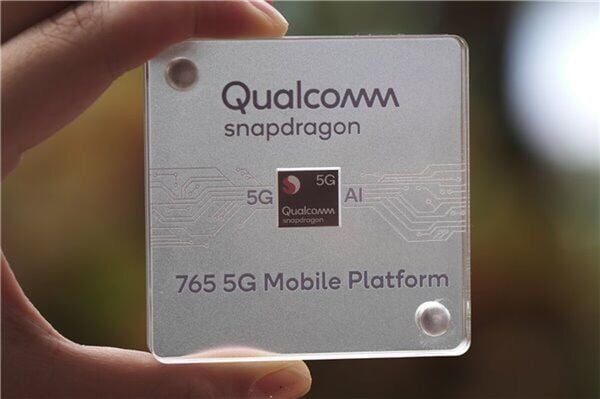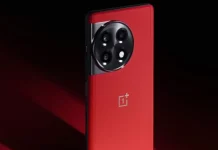If you’ve been following OnePlus since its inception, you’d see that the company has grown steadily, step by step, over the past few years. OnePlus started off its journey as a startup focused on a single flagship smartphone in a year. But within three years of its formation, the company changed the strategy to two flagship smartphones in 12 months. And a year later, in 2017, OnePlus released a special edition model – the OnePlus 5T Star Wars edition, in addition to the regular OnePlus 5 and 5T.
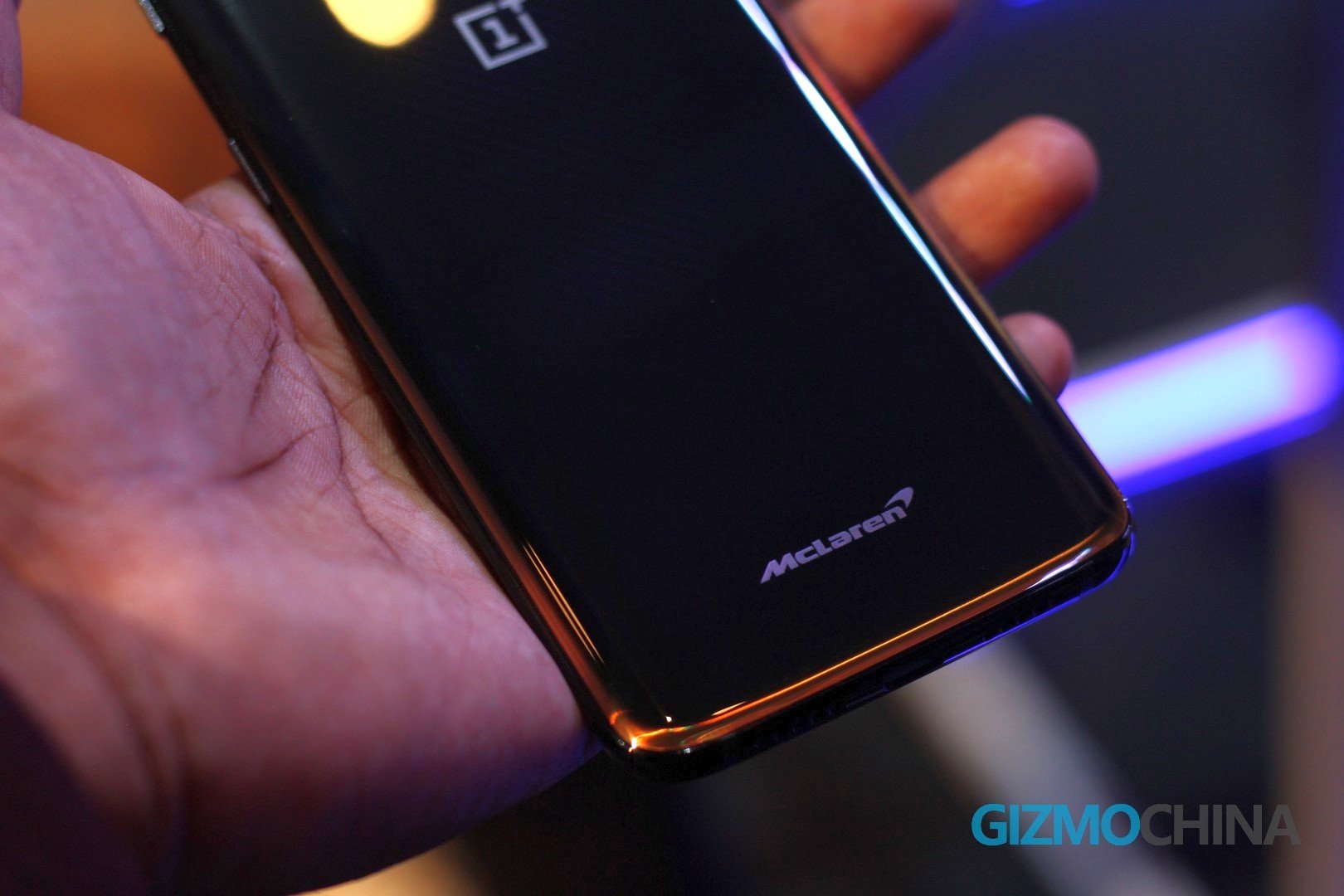
In 2018, the company partnered with the British Motor Racing company, McLaren for the special McLaren edition of the OnePlus 6T. And in the following year, i.e. within six years of its inception, OnePlus released a total of six smartphones in 12 months including the OnePlus 7 duo, 7T duo, 7 Pro 5G, and the 7T Pro McLaren Edition. Finally, in 2020, OnePlus hit another key milestone with the launch of the Verizon branded OnePlus 8 (OnePlus phones were previously exclusive to carrier T-Mobile in the US). It also started selling directly through Amazon US this year.
As you can see already, OnePlus has been gradually expanding its operations ever since its inception. But after a period of slow and restrained growth, it looks like the Chinese smartphone maker is all set to spread its wings this year. In the past few months, OnePlus has launched a set of premium QLED Q series TVs along with a number of cheaper LED TVs in the Y and U series lineup.
But what’s next for OnePlus?
OnePlus was already the number one premium brand in India by the end of 2018 and for the entire 2019 with a YoY growth of 28%, capturing one-third of India’s premium segment. According to Counterpoint, OnePlus was also one of the top 5 premium smartphone makers in most of the global smartphone markets (except for Latin America and China) in Q1 2020.

So can it further grow in the premium smartphone segment?
Compared to the record-breaking shipments registered by phones in the budget category, the premium and ultra-premium segments where the OnePlus 8 and OnePlus 8 Pro belong to respectively don’t pull those kinds of numbers. The sales in this segment would further decline due to the ongoing pandemic as consumers are restricting nonessential purchases.
So, for a smartphone maker that’s completely focused on the premium segment, a cheaper and affordable mid-range smartphone was inevitable.
Increasing Prices created a void in the Affordable Smartphone Segment
The first OnePlus smartphone, the OnePlus One was priced at just $300. The next couple of iterations, the OnePlus 2 and the OnePlus 3 were still priced under $400 (Rs. 30,000). If you remember, the OnePlus 3 series was the one to bring the company into the spotlight globally with an invite-free sales strategy. And the phone offered flagship specs for an unbeatable $400 price tag!
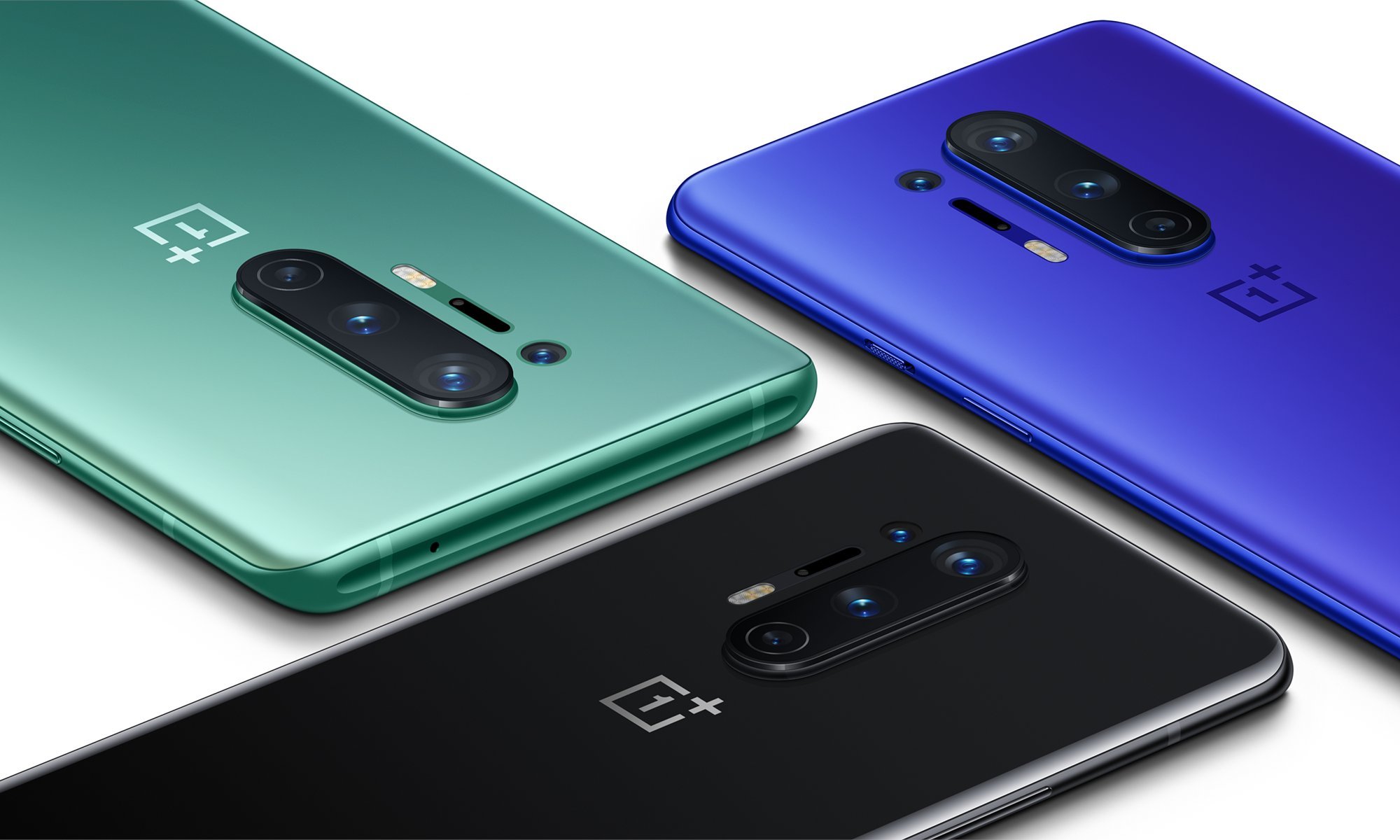
But if you look at the latest OnePlus 8 and the 8 Pro models, the cheapest variant starts at $700! In India, the same base variant starts at Rs. 44,999.
So, OnePlus, which traditionally sold phones in the sub-$400 price segment, has no product catering to the price segment where it started off – leaving a subset of its fanbase disappointed.
Lite Variants are the New Trend in the Market
OnePlus’ strategy to release the Nord series is in line with the current trend. The two other brands focused on the premium segment – Apple and Google have tweaked their strategies recently.
Both these brands have released a mid-range, affordable model in the market in the past 12 months – a deviation from their traditional focus on the premium segment. And the mid-range models from both these brands have done exceptionally well.
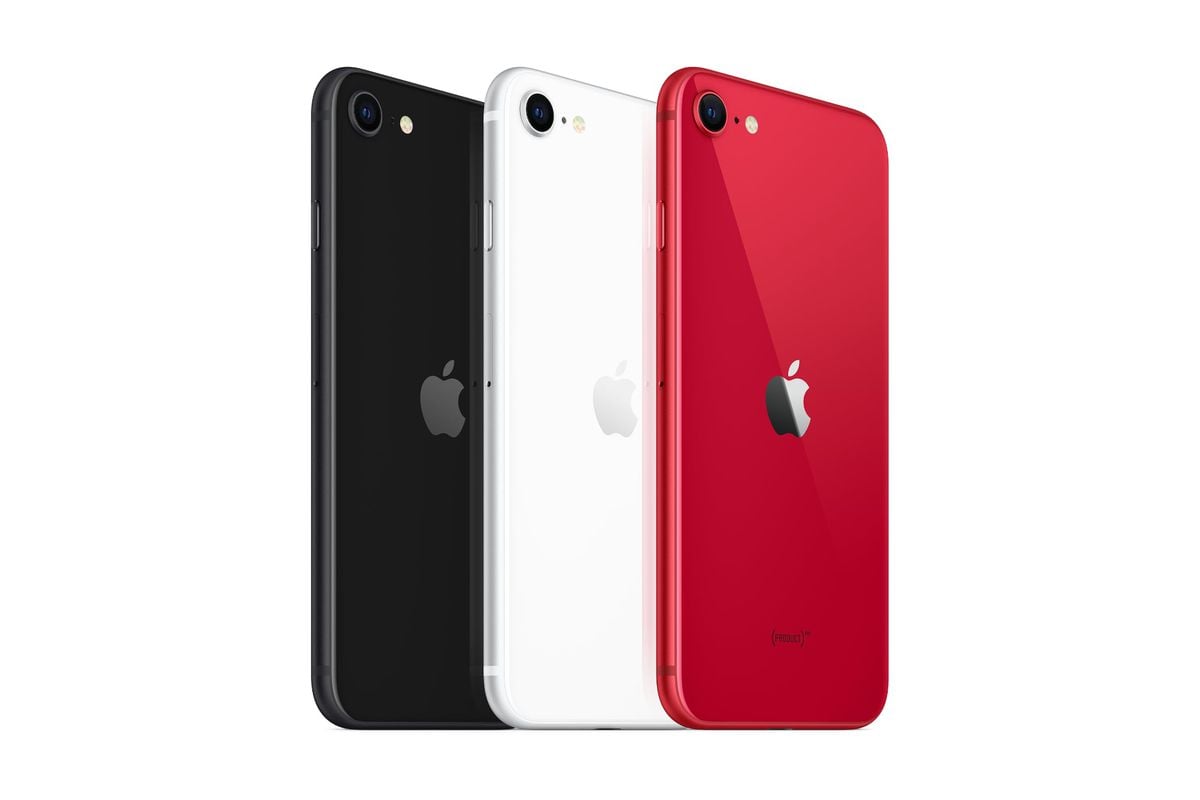
The iPhone SE is expected to drive 15 million units in sales for Apple this year. The Pixel 3a duo also helped Google ship more units in 2019. In fact, Google shipped more devices than OnePlus for the first time last year, even though the flagship Pixel 3 sales were lower than its predecessor. So this growth has to be attributed to the cheaper, more affordable Pixel 3a models.
When big brands like Apple and Google, which were premium-only for the past few years, have launched affordable models to drive more sales from the mid-range segment, it was only natural for OnePlus to follow suit.
Mid-Range Phones are exceptionally good this year!
If a premium brand was looking to launch a mid-range smartphone, for a cheaper price tag, 2020 would probably be a good year.
Why?
Because of the Snapdragon 765G.
The new chipset from Qualcomm comes delivers flagship-like experience in the mid-range market. You get premium features on an upper mid-range chip like an integrated 5G modem, the latest 7nm manufacturing process, 120Hz display support, Wi-Fi 6, Quick Charge 4+, and 4K 30 fps video recording.
This means, even though the Snapdragon 765G is cheaper than the flagship Snapdragon 865, you don’t have to sacrifice on the premium features. This is also what OnePlus’ founder Carl Pei mentioned in the interview with Android Authority last week.
He said, “We wanted to do the right thing for the consumer, and we really believe that putting this 765G processor here is the right thing for a product at this price point. It can now deliver the experience we wanted to deliver.”
For a fan base that’s not ready to ‘Settle’, the Snapdragon 765G is a competent processor to power the OnePlus Nord.
OnePlus needs to rope in More Users into its Ecosystem
OnePlus is no longer just a smartphone maker. It’s a headset and TV manufacturer as well, and in the coming years, its likely to diversify its product portfolio with wearables and smart products.
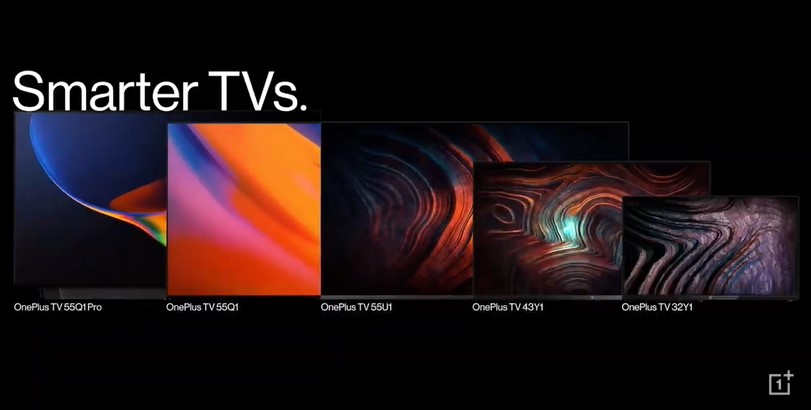
With a cheaper device like the OnePlus Nord, it will be able to sell more units and get the OnePlus experience in the hands of more users. With this, OnePlus wants users to be hooked to its OxygenOS ecosystem. After all, if you like a particular ecosystem, you are likely going to experiment with its other products too. For example, if you are a OnePlus smartphone user, you are likely to check out and get the brand’s TV lineup as well for a seamless experience. This is exactly what Xiaomi has been doing for the past few years in China and India.
So it all makes sense why OnePlus is going after the mid-range segment this year. All we know so far is that the phone will feature Snapdragon 765G, dual punch-hole cameras, and 48MP quad-cameras with OIS at the back.
OnePlus Nord faces Stiff Competition
While launching the mid-range OnePlus Nord makes perfect sense, whether it’ll be a successful launch is a different story altogether. The OnePlus Nord is all set to face stiff competition in the sub-$500 segment in India as well as Europe. There are a lot of competitive devices in this price range like the Mi 10 lite, Mi Note 10, Realme X2 Pro, and even the Poco F2 Pro (€499) with the flagship Snapdragon 865. So it won’t be an easy road for the brand’s new mid-ranger.
But history reveals that OnePlus has had a sound product strategy so far and it’s very likely that they have a solid plan in place for an important device like the OnePlus Nord too.
We’ll know soon!

